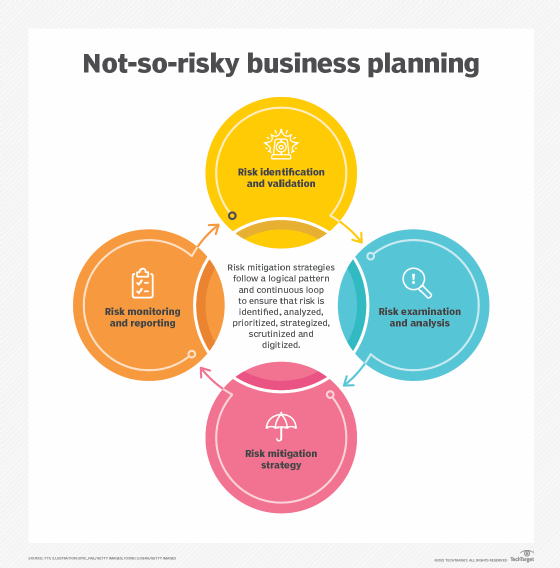
In today’s fast-paced and rapidly changing business environment, small businesses face various financial risks that can have a significant impact on their long-term success. It is crucial for entrepreneurs to implement effective strategies to mitigate these risks and protect their businesses from potential financial pitfalls. This article will outline some essential strategies and best practices for small businesses to minimize financial risks and ensure a stable and prosperous future.
1. Establish a Solid Financial Plan
A strong financial plan is the foundation of any successful business. Small business owners must take the time to develop a detailed financial plan that outlines their goals, budget, revenue projections, and cash flow management. This plan should be regularly reviewed and updated to reflect any changes in the business environment.
2. Diversify Revenue Streams
Relying on a single revenue stream can significantly increase a small business’s financial risk. By diversifying revenue streams, businesses can create a safety net in case one income source falters. Exploring new markets, introducing new products or services, or targeting different customer segments can help expand revenue streams and reduce dependency on a single source.
3. Maintain Adequate Cash Reserves
Having sufficient cash reserves is crucial for weathering financial downturns or unexpected expenses. Small businesses should aim to set aside a portion of their profits regularly to build up a cash reserve that can be used in times of need. This reserve can provide a financial cushion during economic downturns and help businesses continue their operations during uncertain periods.
4. Monitor and Analyze Key Financial Metrics
To mitigate financial risks, small business owners must closely monitor and analyze key financial metrics. By tracking metrics such as gross profit margin, accounts receivable turnover, and accounts payable turnover, businesses can identify potential inefficiencies, cash flow issues, or areas for improvement. Regular analysis of financial metrics allows for timely corrective actions to mitigate risks and maintain financial stability.
5. Invest in Insurance
Insurance plays a vital role in protecting small businesses from a wide range of financial risks. Business owners should assess their specific needs and invest in insurance policies that cover potential risks such as property damage, liability, employee injuries, and product liability. By transferring some financial risk to insurance providers, small businesses can safeguard their assets and minimize potential financial losses.
6. Build Strong Relationships with Suppliers and Customers
Developing strong relationships with suppliers and customers can help mitigate financial risks for small businesses. A reliable supplier network ensures a consistent supply of goods or materials at competitive prices, reducing the risk of disruptions in the supply chain. Similarly, building loyal customer relationships can create a steady revenue stream and provide stability during economic downturns.
7. Continuously Update and Upgrade Technology
Embracing the latest technology and regularly upgrading systems can significantly reduce financial risks in small businesses. Efficient software solutions and streamlined processes can increase productivity, improve customer service, and reduce operational costs. Investing in cybersecurity measures also helps mitigate the risk of financial losses due to data breaches or cyber-attacks.
8. Seek Professional Financial Advice
Small business owners should not hesitate to seek professional financial advice from experts in the field. Financial advisors or consultants with expertise in small business finance can provide valuable insights and guidance on risk management strategies tailored to specific industry needs. Their expertise can help identify potential risks and develop proactive measures to address them.
Conclusion
Mitigating financial risks is a critical aspect of managing a small business successfully. By following proven strategies such as establishing a solid financial plan, diversifying revenue streams, maintaining adequate cash reserves, and utilizing insurance, small businesses can protect themselves from potential financial setbacks. Additionally, continuous monitoring of financial metrics, building strong relationships, embracing technology, and seeking professional advice contribute to long-term financial stability and growth. By implementing these strategies, small business owners can navigate the challenges of today’s competitive business landscape and ensure a prosperous future.

